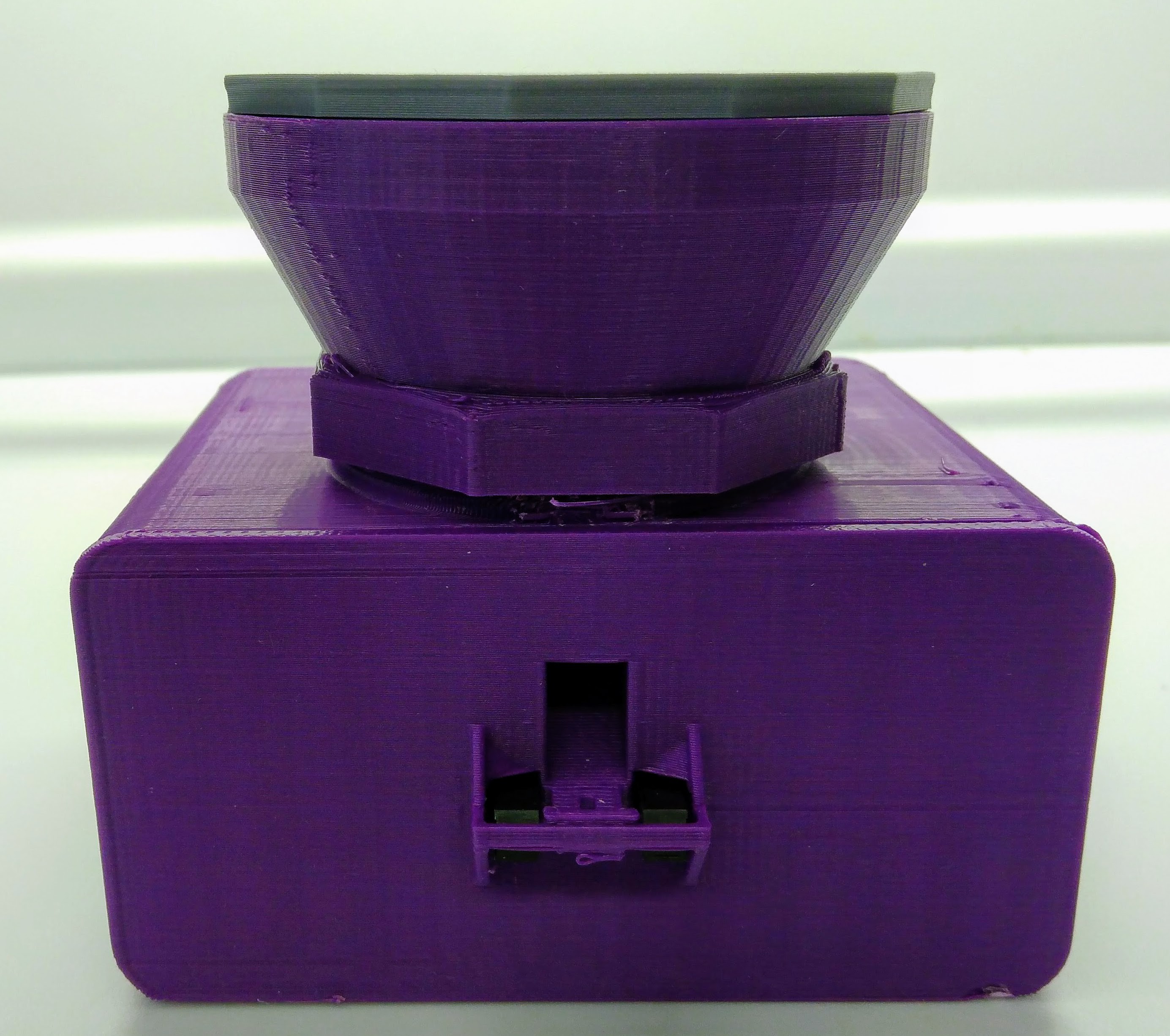
FED2.0 improves on FED1.0 in the following ways:
- Smaller, cheaper, and easier to build
- More reliable pellet dispensing
- Longer battery life - FED2 lasts about 10 days on a charge. This can be increased quite a bit with some hardware and code changes (message me if you want details) but we prioritized ease of build and use over battery life.
- FED2 has a screen!
FED 2 is a redesign of the original FED device developed by Katrina Nguyen and her colleagues in 2016, and published in the Journal of Neuroscience Methods. FED2.0 runs on an Adafruit Feather Adalogger M0, and uses boards and code from Adafruit, Paul Stoffregen's Time library, and Arturo Guadalupi's ZeroRTC library.
This project was funded by the NIH Intramural Research Program (NIDDK). This project is released under the terms of the Creative Commons - Attribution - ShareAlike 3.0 license:
human readable: https://creativecommons.org/licenses/by-sa/3.0/
legal wording: https://creativecommons.org/licenses/by-sa/3.0/legalcode
 Lex Kravitz
Lex Kravitz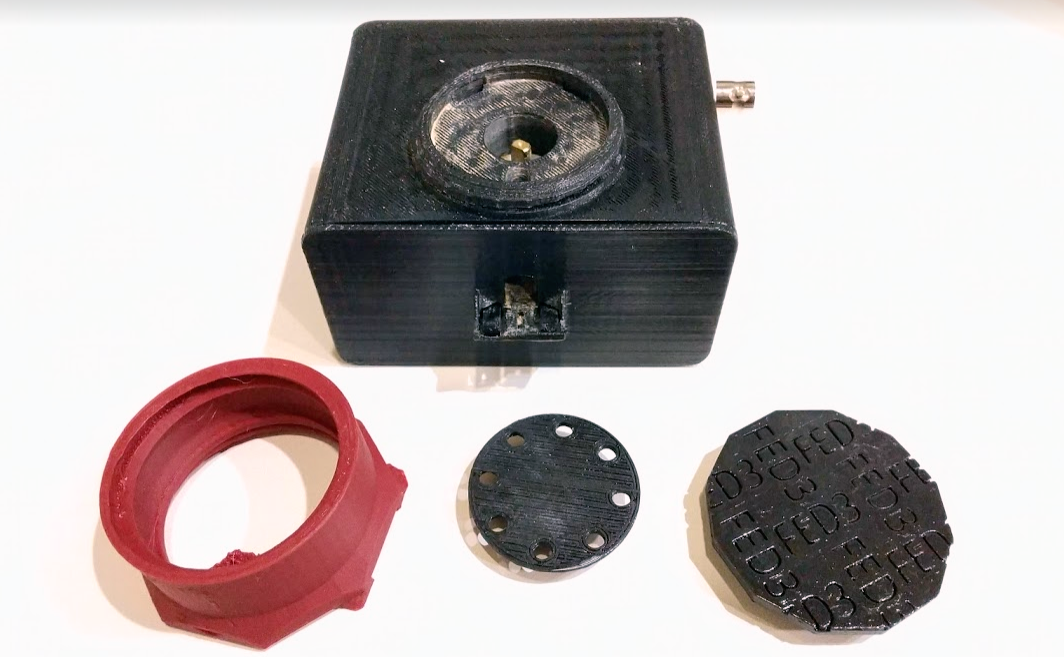
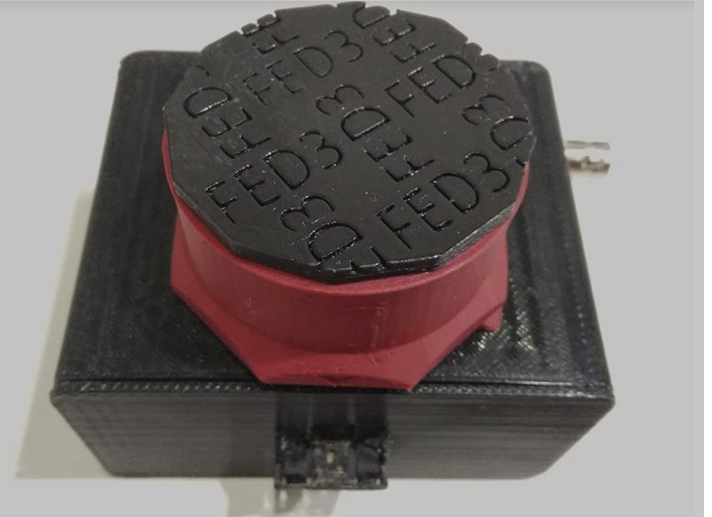
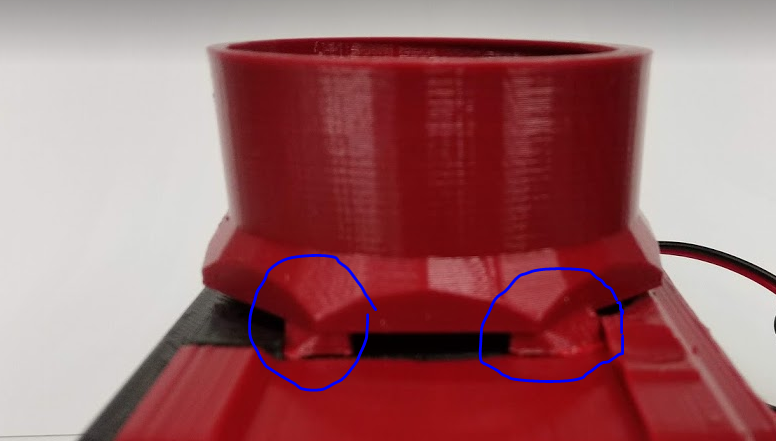
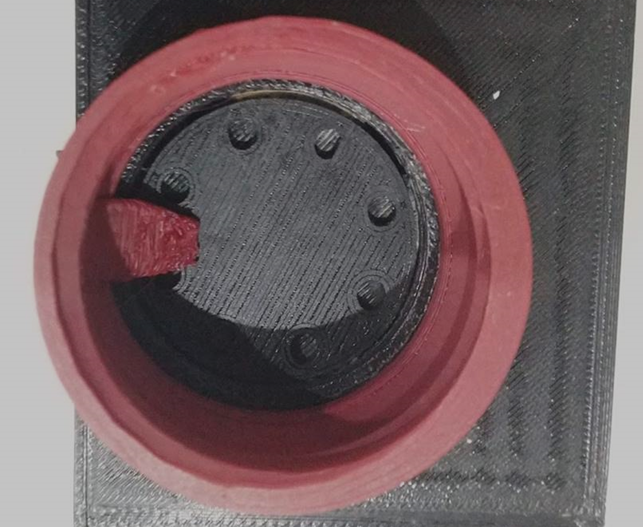
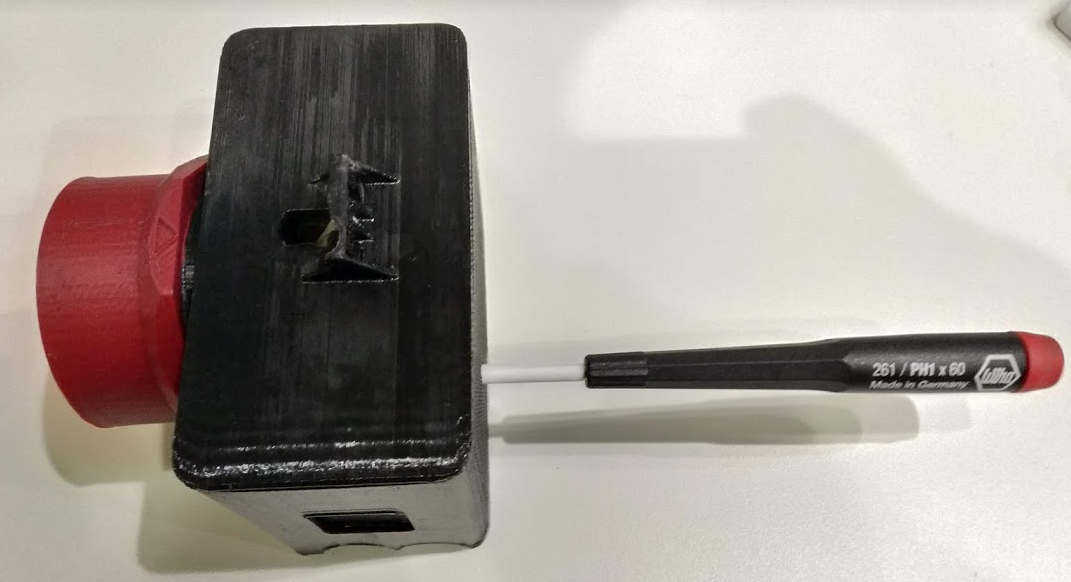
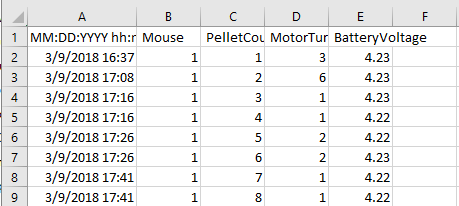
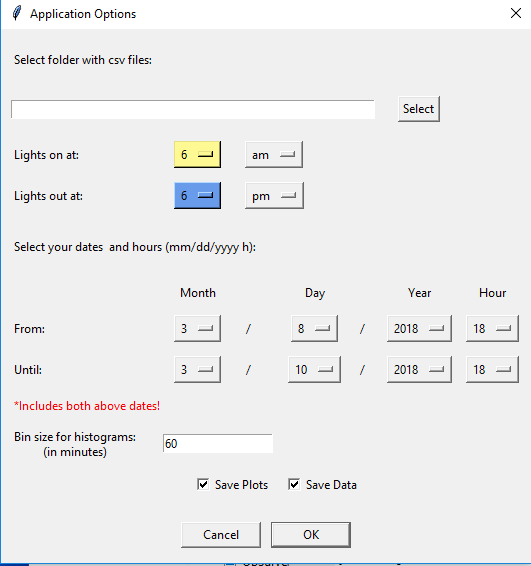



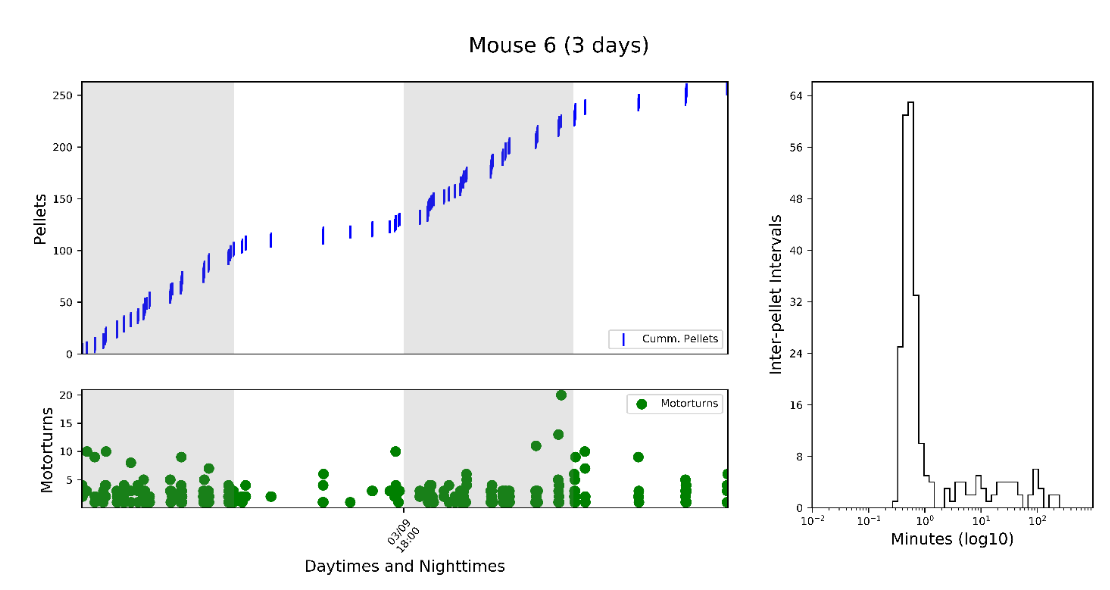
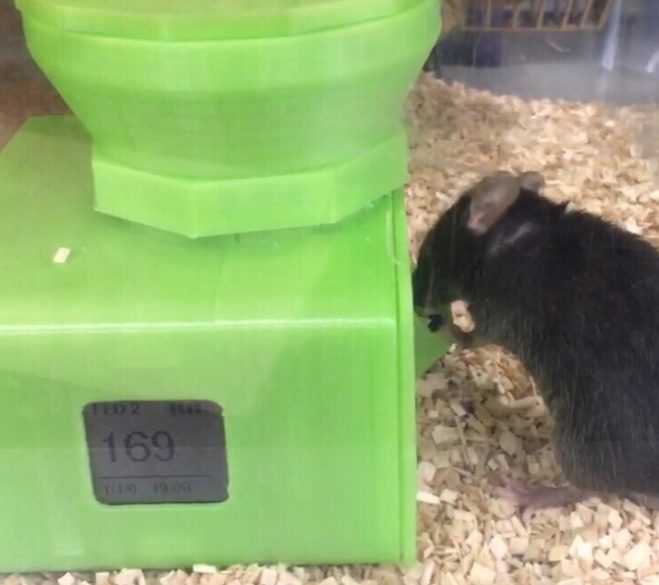
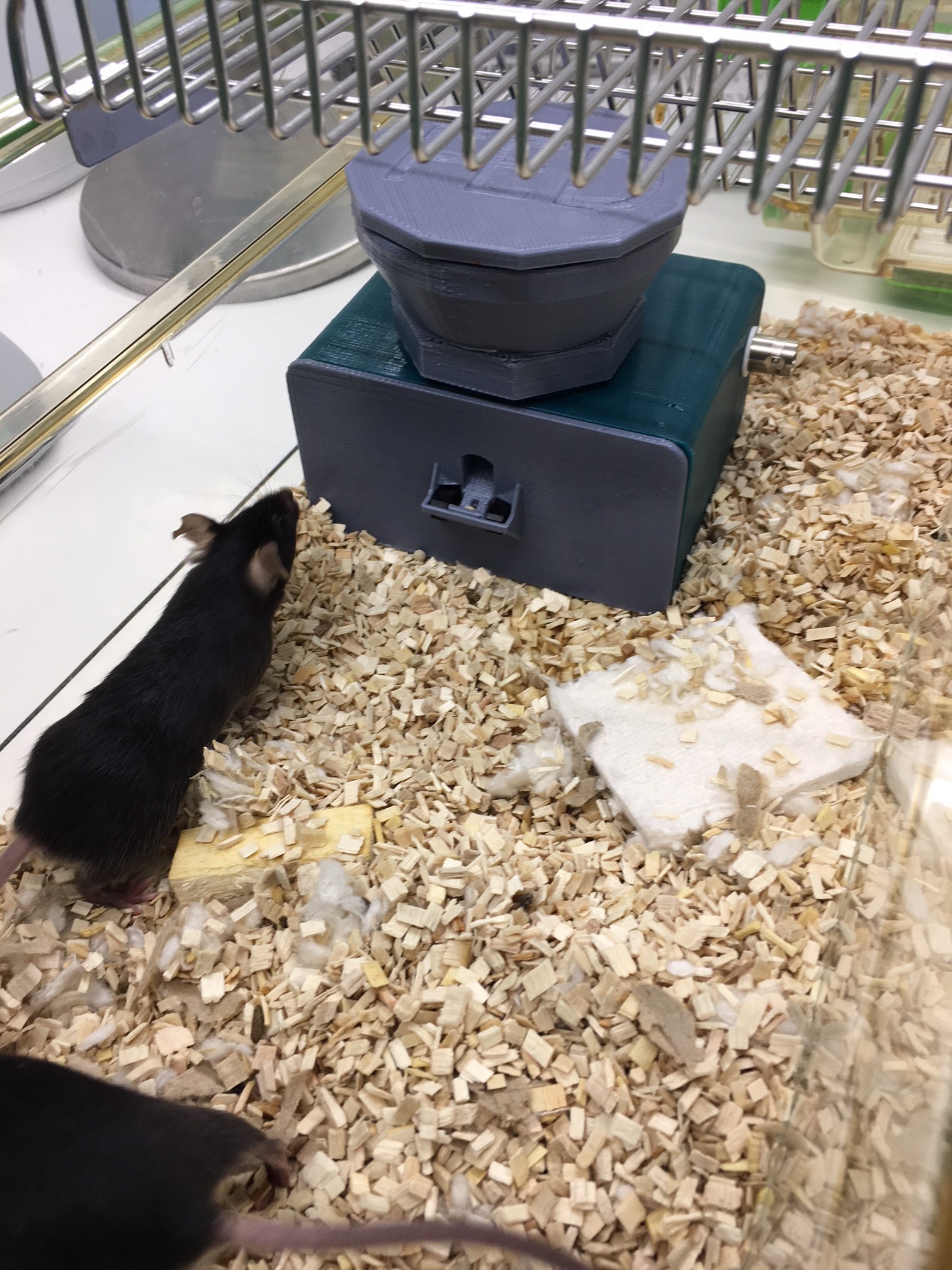
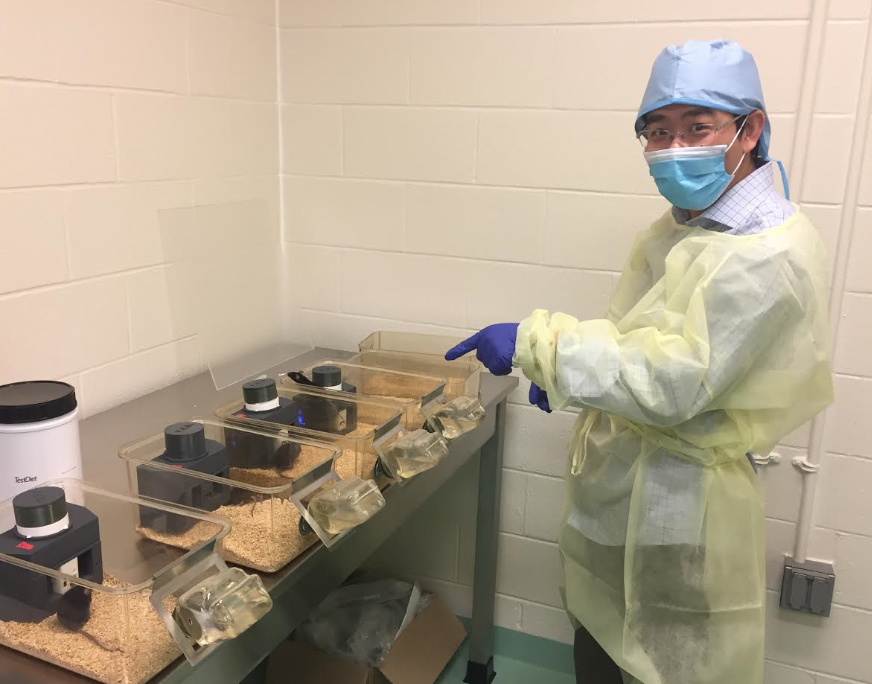
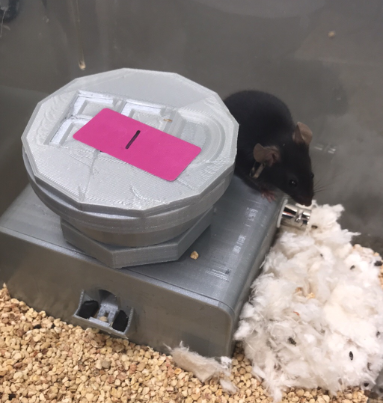

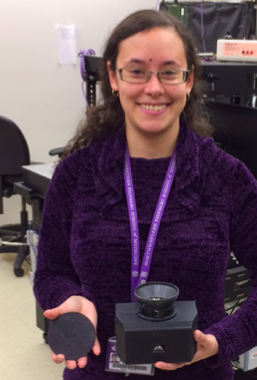




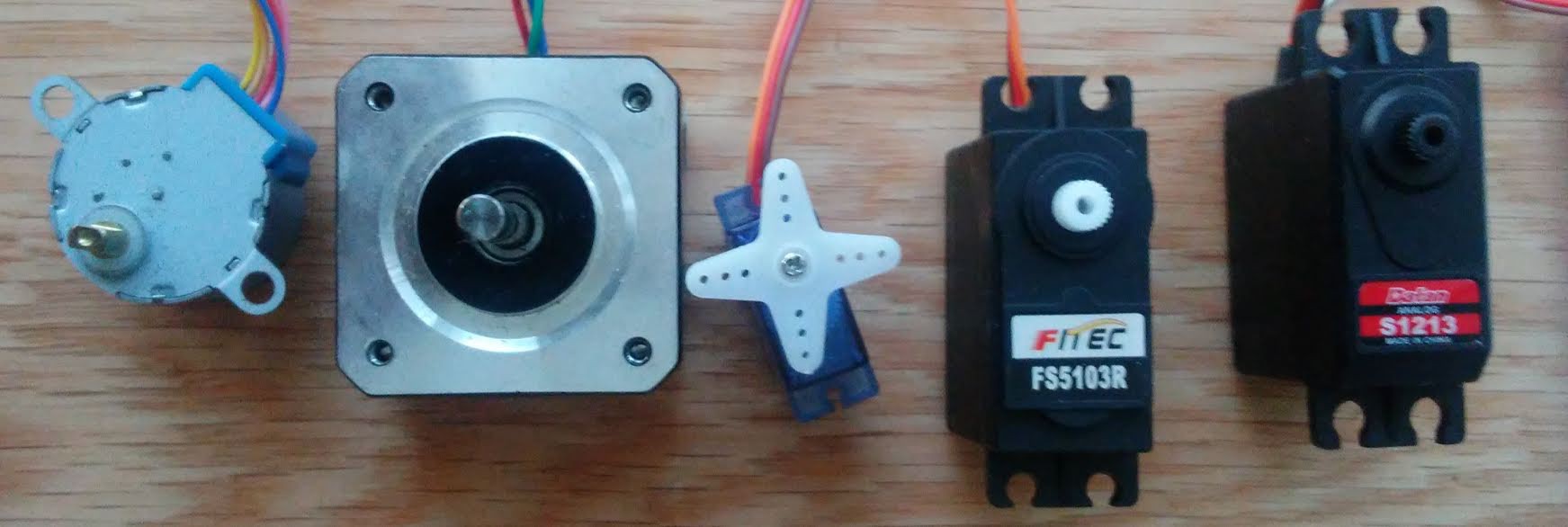

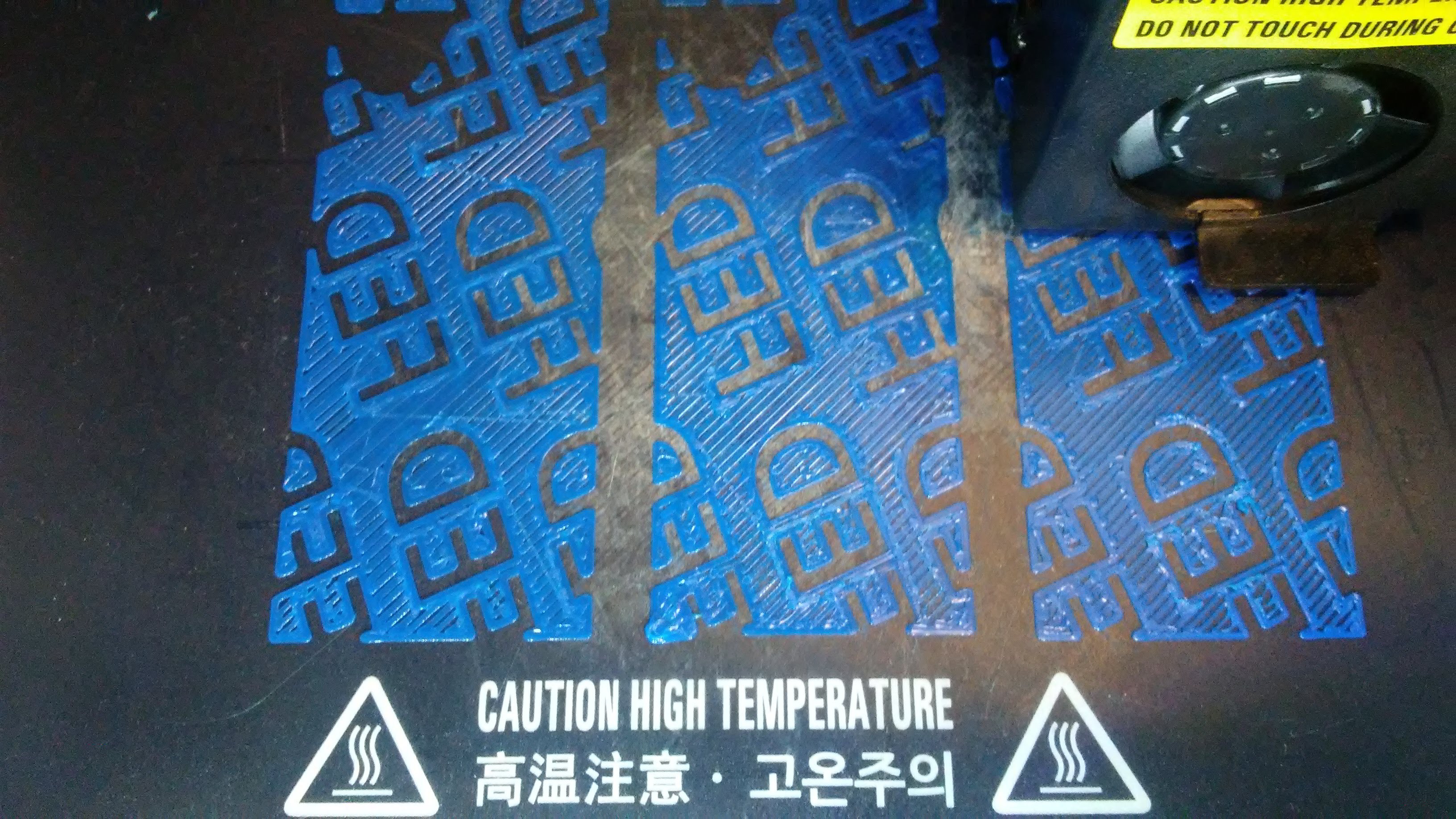
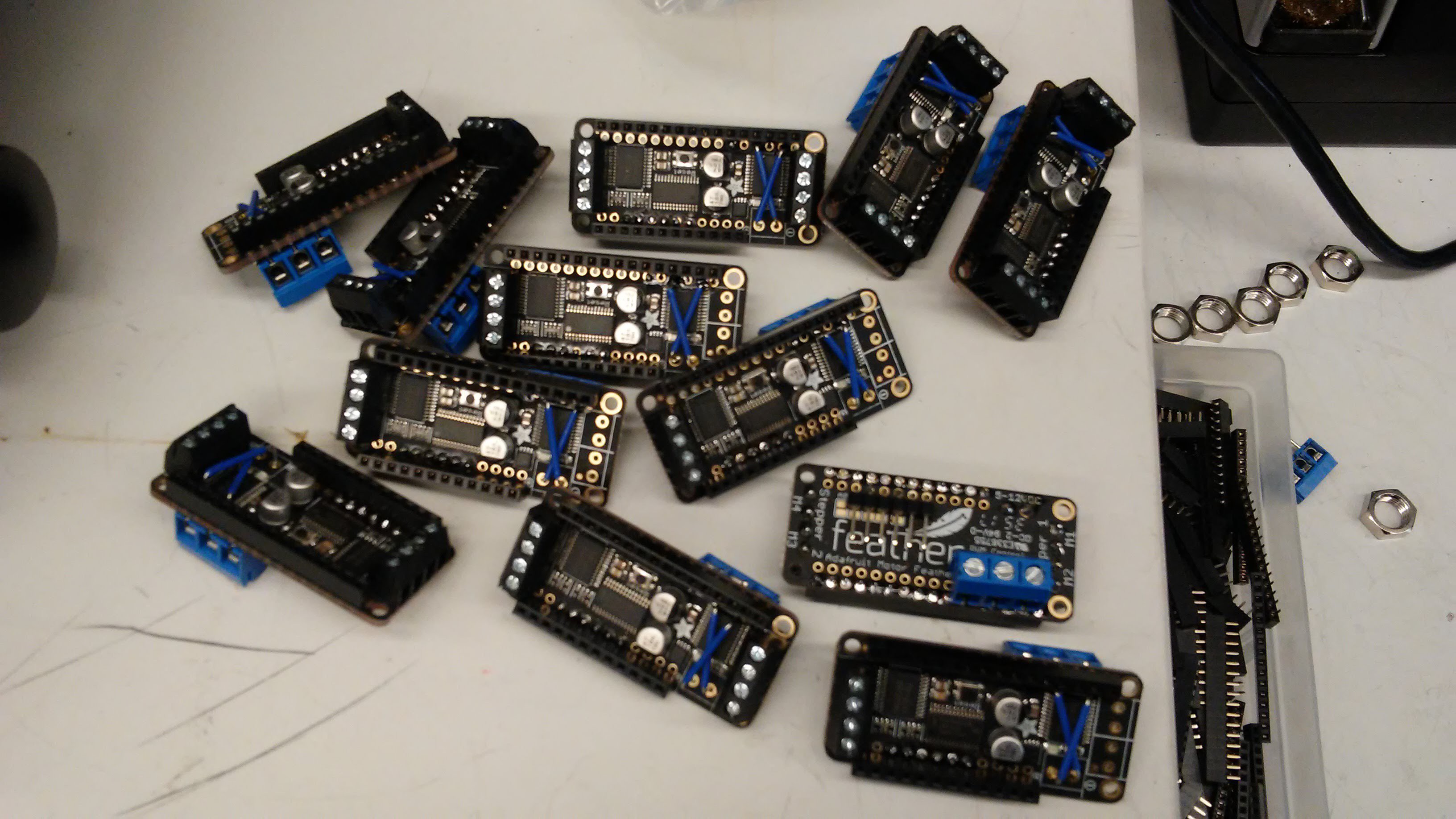
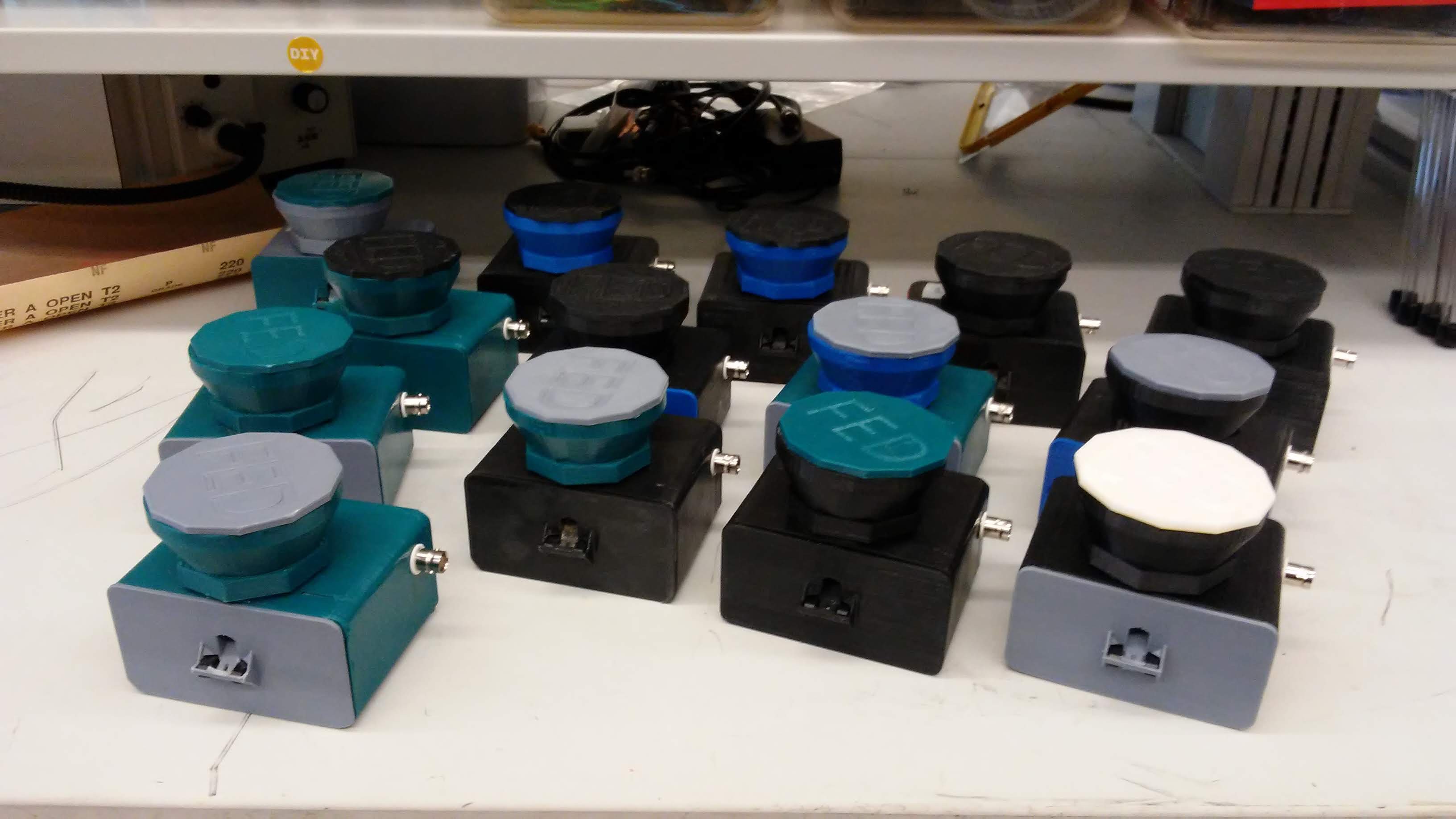

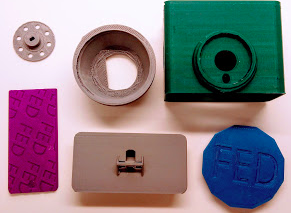





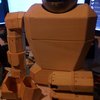

 Mar Bartolome
Mar Bartolome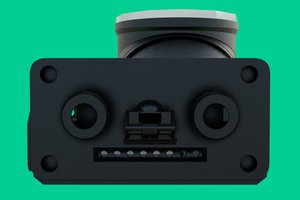
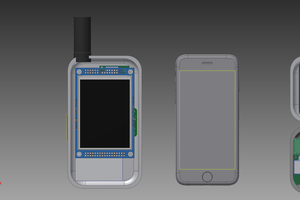
 John Grant
John Grant
 Non-ICE
Non-ICE
I got the following error messages when I was uploading,
Arduino:1.8.9 (Windows Store 1.8.21.0) (Windows 10),...."Adafruit Feather M0"
In file included from E:\Dropbox\S\fiber photometry\FED 2\FED2_012119\FED2_012119\FED2_012119.ino:38:0:
sketch\a_Header.h:5:34: fatal error: Adafruit_MotorShield.h: No such file or directory
compilation terminated.
exit status 1
I am new to FED, can anyone help out?
Many Thanks.